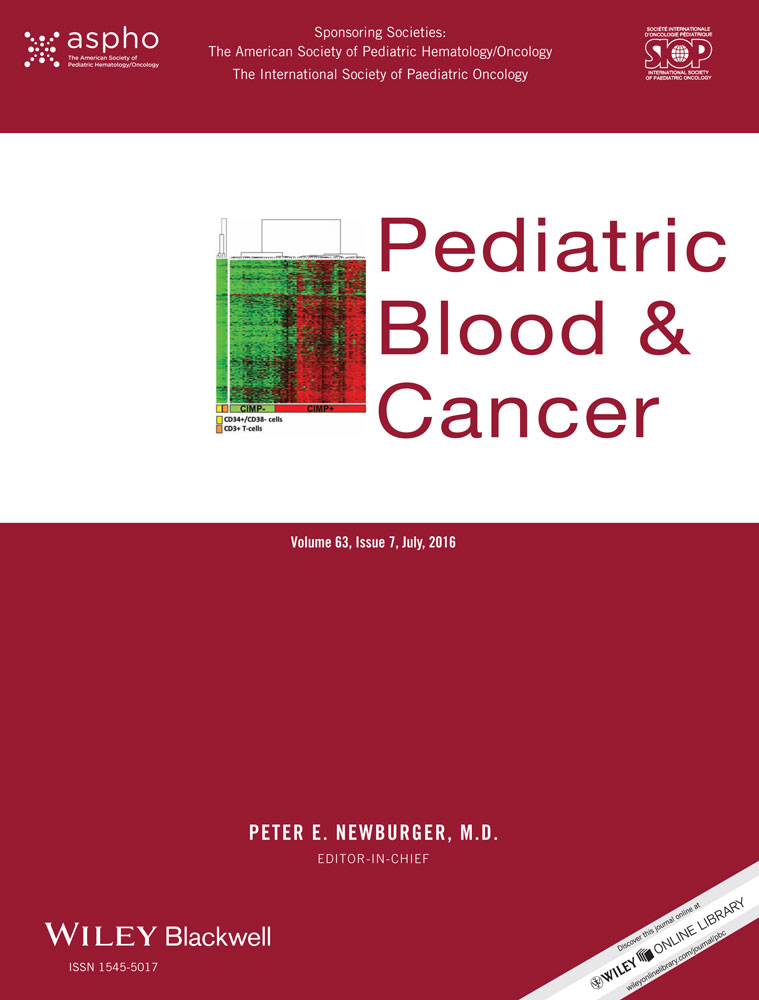Analysis of Risk Factors for Abnormal Pulmonary Function in Pediatric Cancer Survivors
Conflict of interest: Nothing to declare.
Abstract
Background
Childhood cancer survivors are at increased risk for pulmonary-related morbidity and mortality. The Children's Oncology Group Long-Term Follow-Up (COG-LTFU) guidelines recommend pulmonary function testing after treatment with bleomycin, busulfan, carmustine, lomustine, thoracic radiation, bone marrow transplant, or pulmonary surgery. The aim of this analysis was to determine the prevalence of pulmonary function abnormalities in a pediatric survivor cohort.
Procedure
Patients ≥5 years old seen in our survivor clinic with at least one exposure outlined by COG-LFTU Guidelines were included. Original pulmonary function test (PFT) results were obtained and blindly reinterpreted by a single reviewer. Demographic, diagnosis, treatment factors, and clinical and/or patient-reported symptoms of cough, wheeze, and/or dyspnea were abstracted from their medical record.
Results
Overall, 143 (63.3%) survivors had PFT results available; 55.2% were male, 49.7% were white, and the mean age was 14.1 ± 4.8 years. Abnormal PFTs were found in 65.0% (n = 93) with 21.0% having multiple abnormalities. Specifically, 41.3% had hyperinflation, 25.9% had obstructive, and 13.3% had restrictive disease. Patients diagnosed at <5 years were more likely to have a pulmonary abnormality (P = 0.04); a majority of those diagnosed <5 years underwent pulmonary surgery or thoracic radiation. Regardless of the presence of a PFT abnormality, more than 80% of survivors were asymptomatic (82.9% vs.81.5%; P-value = 0.54).
Conclusions
Almost two-thirds of survivors screened per the COG-LTFU Guidelines had an abnormal PFT but a majority reported no clinical symptoms. Hyperinflation was the most prevalent abnormality.




